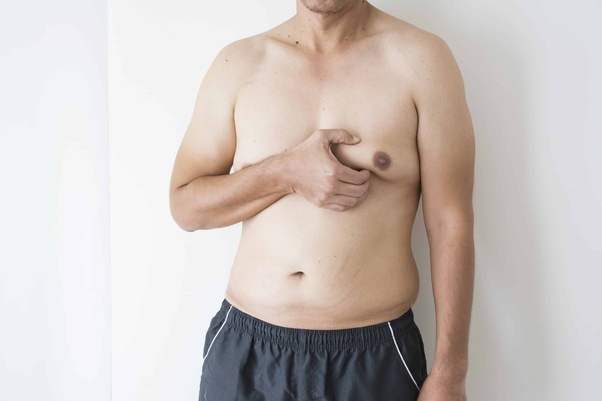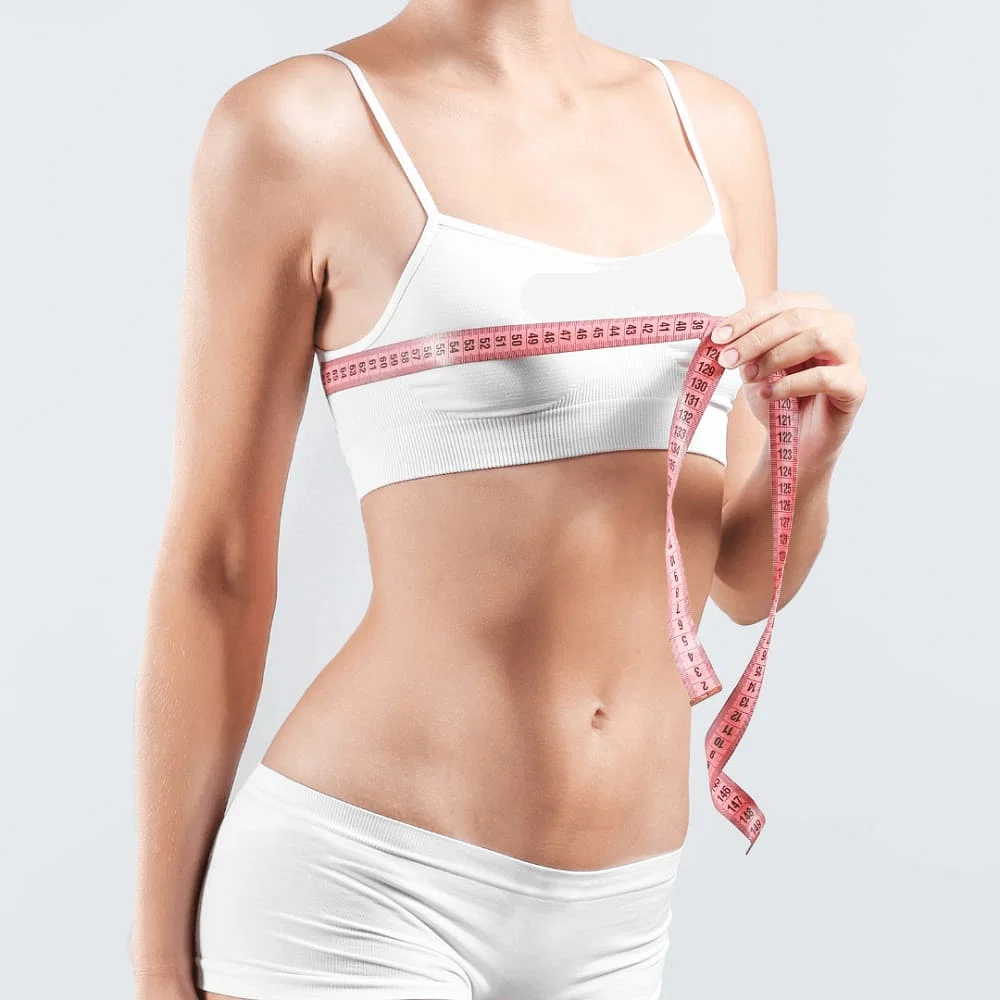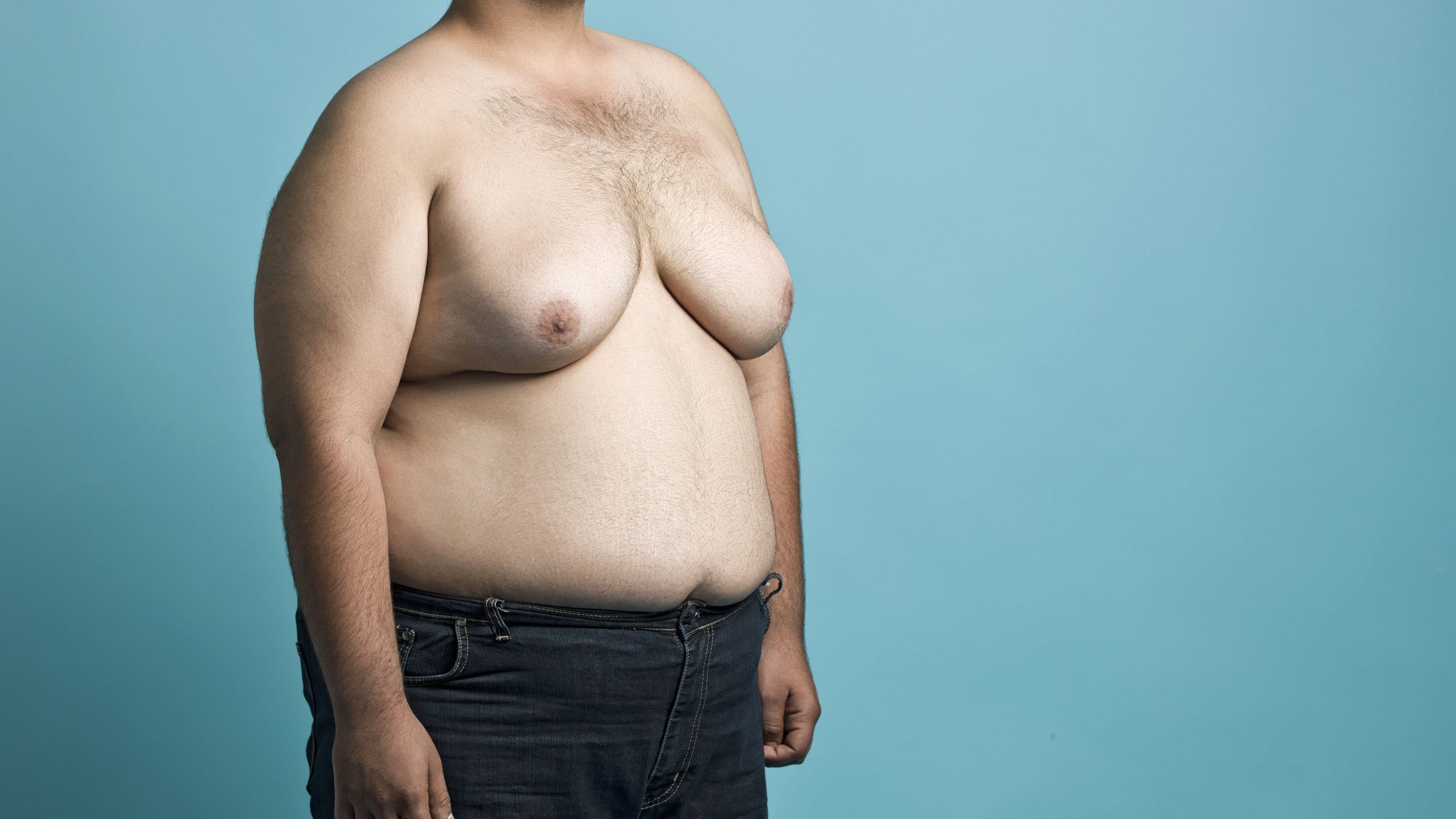Losing weight in your chest area can be a bit tricky. It’s important to know that you can’t just lose weight from one specific part of your body alone. But, with the right approach, you can reduce overall body fat, which includes your chest. This usually means a mix of eating healthy, doing exercises that work out your whole body, and sometimes, focusing on chest exercises too. In this guide, we’ll go through some simple and effective ways to help you lose weight, which will also impact your chest area. Let’s dig into these tips and get started on your journey!

Contents
How To Lose Weight In Chest?
Unfortunately, you cannot spot-reduce fat. This means you can’t target fat loss to specific areas like your chest. However, by focusing on overall weight loss and building muscle, you can indirectly reduce the appearance of fat in your chest and achieve a more defined look.
Here are some tips that can help you achieve this:
1. Diet:
- Create a calorie deficit: This means consuming fewer calories than you burn each day. Aim for a moderate deficit of 500-1000 calories per day.
- Focus on whole, unprocessed foods: Eat plenty of fruits, vegetables, lean protein, and whole grains. These foods are nutrient-rich and filling, which can help you control your calorie intake.
- Limit processed foods, sugary drinks, and unhealthy fats: These foods are high in calories and low in nutrients, which can sabotage your weight loss efforts.

2. Exercise:
- Engage in regular cardio: Aim for at least 150 minutes of moderate-intensity cardio or 75 minutes of vigorous-intensity cardio per week. This will help you burn calories and overall body fat.
- Strength train your entire body: Don’t neglect your chest! Include exercises that target your chest muscles, such as push-ups, bench presses, and dips. Building muscle will help boost your metabolism and give your chest a more defined appearance.
- Incorporate HIIT workouts: High-intensity interval training (HIIT) is a great way to burn calories and fat in a short amount of time.
What Causes Excess Fat In The Chest Region?
The reasons for excess fat accumulation in the chest region can vary depending on several factors, affecting both men and women differently. Here are some common causes:
General Fat Gain:
- Overall weight gain: When you consistently consume more calories than your body burns, the excess gets stored as fat throughout the body, including the chest area.
- Diet: A diet high in processed foods, sugary drinks, unhealthy fats, and refined carbohydrates promotes fat storage and weight gain.
- Physical inactivity: A sedentary lifestyle with limited physical activity contributes to fat accumulation as your body burns fewer calories.
Hormonal factors:
- Estrogen and progesterone fluctuations: In women, fluctuations in these hormones during puberty, pregnancy, menstruation, and menopause can influence breast tissue swelling and fat deposition around the chest.
- Testosterone imbalances: In men, low testosterone levels can cause gynecomastia, characterized by enlarged breast tissue due to increased estrogen-to-androgen ratio. Certain medications, steroids,
Common Mistakes To Avoid When Trying To Reduce Chest Fat
Here are some key points to keep in mind:

1. Spot Reduction
One common mistake is focusing solely on spot reduction. Spot reduction refers to the belief that targeting specific areas of the body with exercises will result in fat loss in those areas. However, it’s important to understand that spot reduction is not possible.
2. Neglecting Cardiovascular Exercise
Another mistake to avoid is neglecting cardiovascular exercise. Cardiovascular exercises, such as running, cycling, or swimming, are essential for burning calories and promoting overall fat loss. Including regular sessions of cardiovascular exercise in your routine can help you burn excess fat, including chest fat.
3. Overeating or Under-Eating
Maintaining a balanced calorie intake is crucial for weight loss and fat reduction. Consuming too many calories can lead to weight gain and potentially increase chest fat, while consuming too few calories can slow down your metabolism and hinder fat loss.
4. Ignoring Strength Training
Strength training is often overlooked when trying to reduce chest fat, but it plays a vital role in reshaping and toning the chest muscles. Including exercises that target the chest, such as push-ups, bench presses, and dumbbell flyes, can help you build lean muscle mass and improve the appearance of your chest.
5. Lack of Consistency
Consistency is key when it comes to achieving any fitness goal, including losing weight in the chest area. Skipping workouts, inconsistency in your diet, and not sticking to your fitness routine can hinder your progress.
Frequently Asked Questions
How do I reduce the size of my chest?
To reduce the size of your chest, focus on natural methods such as maintaining a healthy diet, exercising regularly, reducing estrogen levels, and considering binding or changing bras for temporary solutions.
Why is my chest bigger than my stomach?
If your entire chest cavity is offset from the lower abdomen, it may be due to a spinal condition. If your ribs are larger, it is generally expected, especially for females.
Can you lose weight around your chest?
Yes, you can lose weight around your chest through a combination of diet, exercise, and targeted chest exercises. It is recommended to consult a doctor or fitness professional for personalized advice.
Will chest workouts get rid of moobs?
No, chest exercises alone will not solve the problem of moobs (enlarged male breasts). Working the upper part of your pectoral muscles can actually make the chest appear even rounder.

Hello, I’m Ravindra. Over the years, I’ve immersed myself deeply into the world of fitness and health, transforming both my body and mind. Writing has allowed me to share my journey, insights, and expertise with those just starting out and seasoned fitness enthusiasts alike. Beyond just routines and diets, I believe in inspiring others to adopt a holistic approach to well-being.
